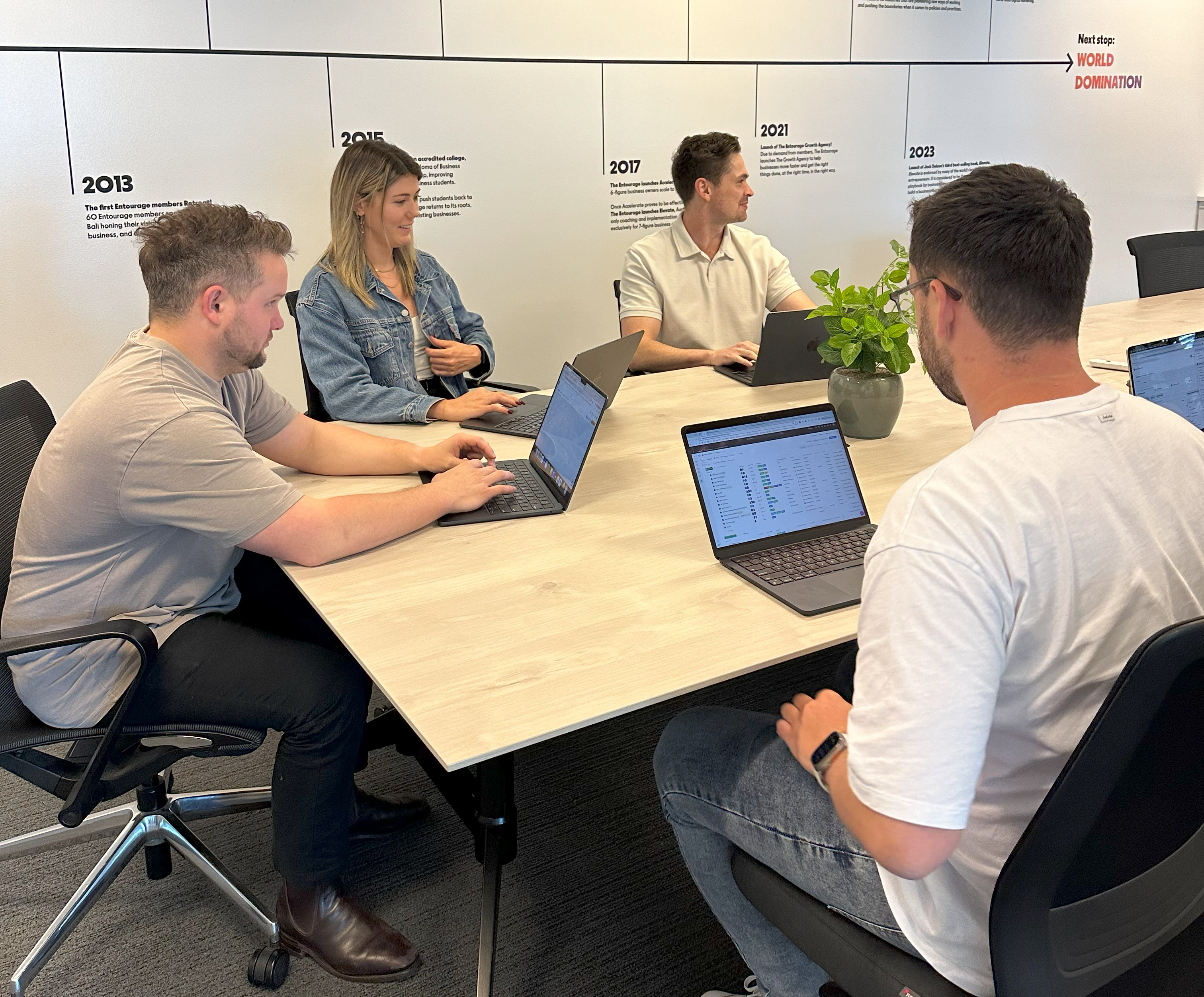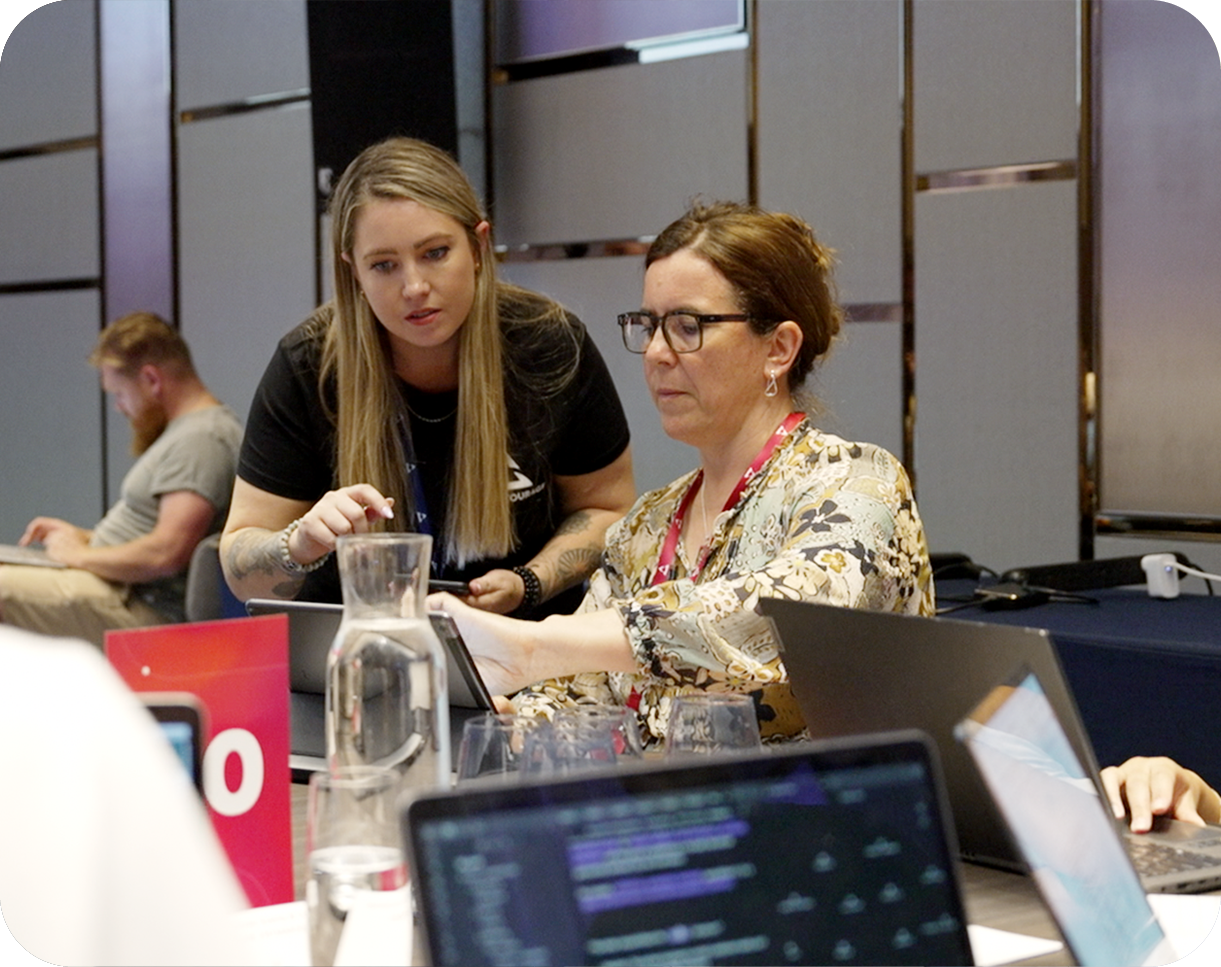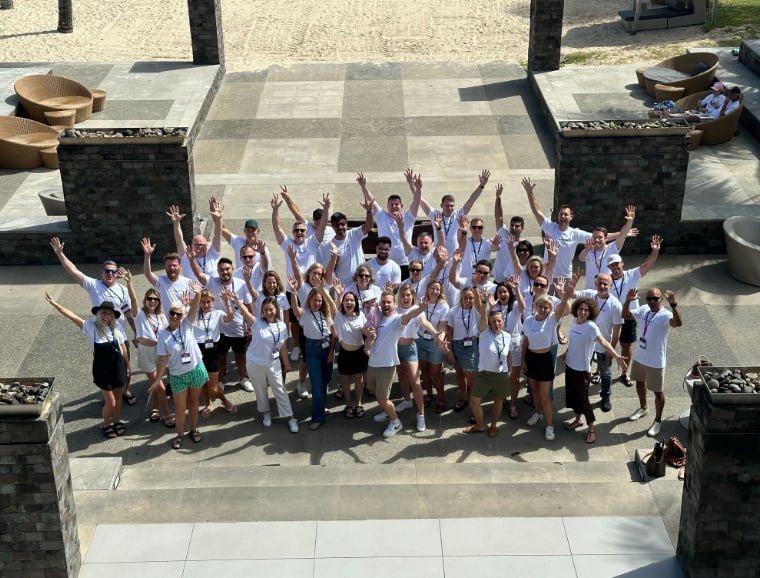We’ve reached peak screen. Between endless scrolls, autoplay videos, inbox overload, and digital ads chasing us across every platform, modern consumers are mentally tapped out. It's no wonder the phrase “digital fatigue” has gone mainstream. Brands that once raced to get online are now looking for ways to stand out again. Ironically, the solution might not be to go deeper into the digital space—but to step outside it entirely.
That’s where print marketing steps up. Amid all the pixels and push notifications, something as simple as a well-designed flyer or postcard can feel refreshing. It doesn’t demand attention—it earns it. And companies are beginning to realize that physical print materials offer something most digital media can’t: pause, presence, and impact. That’s one reason more modern brands are turning to platforms like HelloPrint to bring their offline campaigns to life without ditching digital altogether.
Let’s break down why print still matters—and how it might just be your smartest move in a hyper-connected, overstimulated world.
Digital Overload Is Real—and It’s Costing You
Every day, the average person is exposed to around 10,000 brand messages. Most of these are digital. They pop up in your inbox, crawl across your browser, or flash past you in social feeds. It’s constant, and for consumers, it’s exhausting. Attention spans are shorter. Trust is harder to earn. And engagement? That takes more than just clever copy and a boosted post.
This phenomenon has a name: digital fatigue. It’s not just about being tired of screen time—it’s a growing resistance to digital advertising in general. People are using ad blockers. They’re unsubscribing faster. And when they do interact with digital content, it's usually in a distracted, low-retention state. That’s a problem for marketers.
Print steps in here with something radical: stillness.
Print Demands—and Deserves—Focused Attention
When someone receives a high-quality printed brochure, postcard, or branded booklet, there’s no pop-up. No scroll bar. Just one message in their hands, at their pace. That tactile nature creates a sense of focus that digital rarely achieves. It also triggers memory differently. Research has shown that printed material tends to be more memorable than digital because it engages multiple senses—sight, touch, even smell.
In a study by the U.S. Postal Service and Temple University, people who viewed print ads had a stronger emotional response and better recall than those who saw the same ads digitally. The takeaway? If your brand message really matters, paper may deliver it better.
Print Builds Trust in a Way Pixels Can’t
There’s a reason luxury brands still invest in thick catalogs and custom packaging: print feels trustworthy. It signals intention. When a brand takes the time to print something beautiful, people take it seriously. It says, “We care enough to put this in your hands, not just on your screen.”
In contrast, digital ads have earned a reputation for being spammy, intrusive, and often forgettable. Between phishing attempts, fake brands, and bots, consumers are rightly skeptical. But something as simple as a custom business card or thank-you note printed on quality stock instantly conveys legitimacy.
Especially for new or growing businesses, print helps build the kind of brand equity that digital sometimes undermines.
Less Clutter, More Clarity
Digital platforms are noisy by design. Everyone’s competing for the same slice of attention. Print, on the other hand, offers a break from that clutter. There’s no fighting with autoplay videos, social feeds, or pop-ups. A printed mailer lands in someone’s mailbox and waits—quietly—for them to pick it up. No pressure. No rush.
This simplicity is part of the appeal. In marketing, clarity is currency. A well-designed poster or direct mail piece doesn’t just deliver information—it makes people stop and look. There’s no scrolling past it. No closing a tab. It stays.
Print Complements Digital, Not Competes With It
This isn’t a print-versus-digital conversation. The smartest marketers know the real power comes from using both together. A physical flyer with a QR code that drives traffic to your Instagram. A direct mail piece that links to a limited-time online offer. A beautifully printed catalog that inspires online purchases.
Print gives your digital efforts a physical touchpoint—and that can lead to better conversions. One study by the Data & Marketing Association found that direct mail has a response rate of 4.4%, compared to just 0.12% for email. Combine the two, and response rates increase even more.
It’s not about replacing your digital strategy. It’s about giving it a stronger foundation.
Personalization Feels More Personal on Paper
We’ve all seen emails that say “Hi [Name],” and know it was sent to 5,000 other people. But a custom-printed thank-you card with your actual name on it? That feels like effort.
Print gives brands the chance to personalize in a way that feels intentional, not automated. Thanks to modern printing tech, it’s now easier than ever to create custom materials in small batches—personalized by name, location, or even recent purchase.
That kind of touchpoint doesn’t just build loyalty. It shows customers they’re more than a line on a spreadsheet.
Print Lives Longer Than Digital
How long does a Facebook ad live? Maybe a few hours—if you’re lucky. An Instagram story? Twenty-four hours tops. But a printed piece? That can stick around for days, weeks, or even years.
Think about business cards in wallets. Flyers pinned to bulletin boards. Branded notebooks that sit on a desk. These aren’t fleeting impressions—they’re long-term brand reminders. And because print is tangible, it gets shared. A great brochure might land in three or four hands before it’s tossed (if it ever is).
Longevity isn’t just a bonus—it’s a return on investment.
Younger Generations Actually Like Print
Here’s the surprise: Gen Z and Millennials—often called “digital natives”—actually respond well to print. Studies show these age groups are more likely to value authenticity, tactile experiences, and brands that feel real. Print scratches all those itches.
While these younger consumers spend hours online, that doesn’t mean they prefer it for everything. In fact, physical media often feels more special precisely because it’s rare. Getting a postcard in the mail or a branded zine handed out at an event feels less like advertising and more like discovery.
In a saturated digital world, print becomes the differentiator.
Print Is Greener Than You Think
One of the biggest misconceptions is that print is inherently bad for the environment. That’s not the case anymore. With recycled materials, soy-based inks, and carbon-offset printing options, modern print has come a long way. In fact, many digital operations have a higher carbon footprint than you'd expect—data centers, device manufacturing, and electronic waste included.
Sustainable printing services make it possible for brands to stay eco-conscious while still reaching people offline. The key is choosing partners who share those values.
Tips for Making Your Print Campaign Count
If you’re ready to dip your toes into print (or reinvest with a fresh approach), here are a few quick tips to make sure it lands:
- Start small, but strategic. Try postcards or booklets tied to a specific campaign or product launch.
- Design like it matters. Good print design isn’t just about looking pretty—it’s about telling a story quickly.
- Pair with digital. Use QR codes, hashtags, and unique landing pages to track print performance.
- Choose quality materials. Heavier stock, matte finishes, or embossing can elevate your brand perception.
- Work with a reliable printer. Timelines, consistency, and customer service make a huge difference in execution.
Final Thought: Less Swipe, More Substance
In a time when brands are begging for digital attention, the ones that stand out are those that step away from the screen—if only for a moment. Print isn’t old-school. It’s the fresh air people didn’t realize they needed. And when it’s done well, it doesn’t just cut through the noise—it makes people feel something.
The next time you're brainstorming your marketing mix, think beyond the click. Think texture. Think print.
Related Categories
Ryan Terrey
As Director of Marketing at The Entourage, Ryan Terrey is primarily focused on driving growth for companies through lead generation strategies. With a strong background in SEO/SEM, PPC and CRO from working in Sympli and InfoTrack, Ryan not only helps The Entourage brand grow and reach our target audience through campaigns that are creative, insightful and analytically driven, but also that of our 6, 7 and 8 figure members' audiences too.





